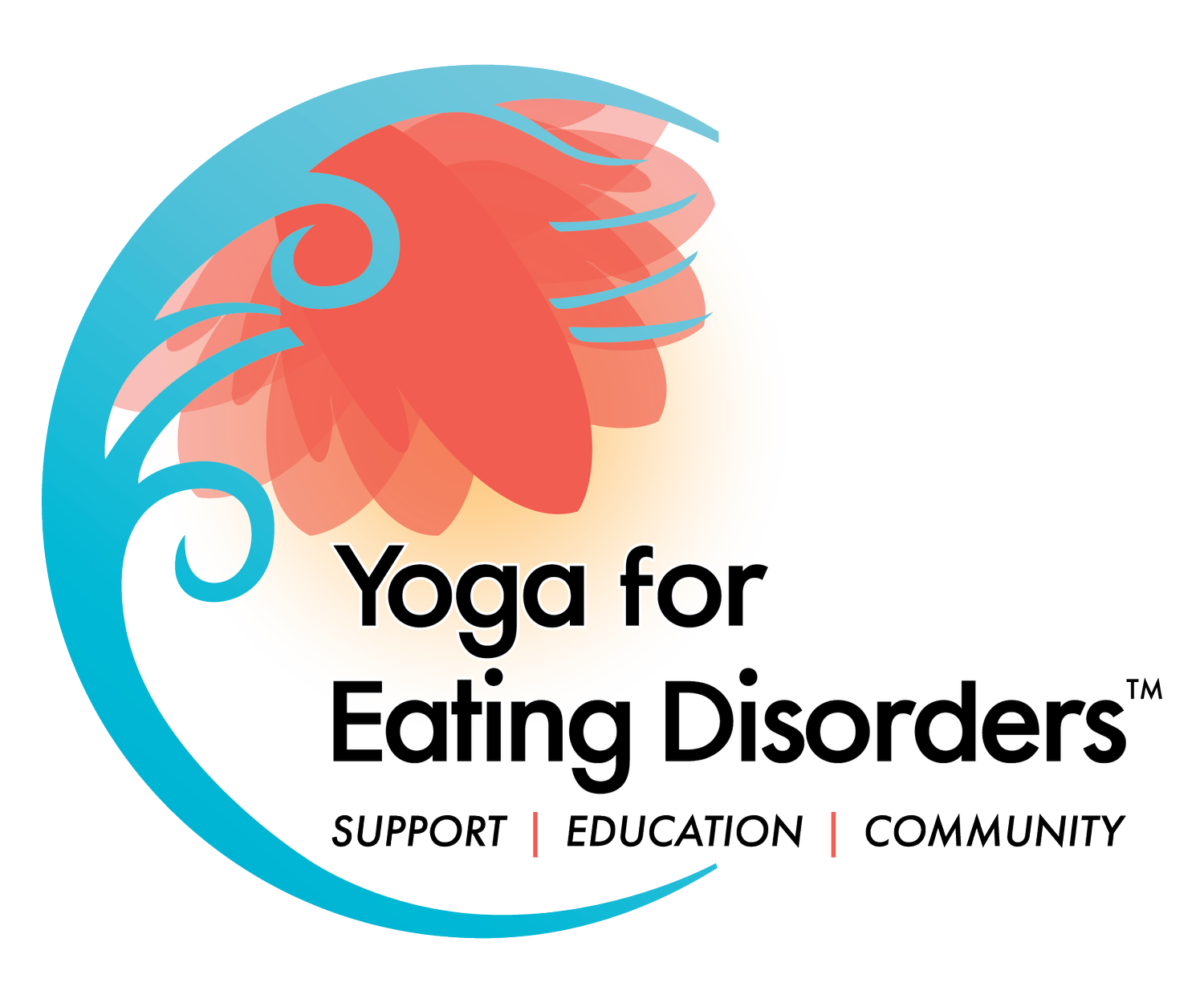Lessons From The Mat: Taking My Seat
This post originally appeared in the 2017 Fall issue of YogaLiving Magazine.
Chair (Utkatasana) pose, also referred to in some traditions as fierce or lightning bolt pose, recently taught me some new and surprising lessons. Previously, this pose wasn’t anything special to me. I appreciated its yang qualities, particularly strength building, but beyond Sun Salutation Bs and twisting chair pose, I never really made a point to explore the nuances and lessons inherent to this asana.
The word asana means “comfortable seat.” With dedication and commitment, the physical poses teach us how to concentrate, focus, and quiet our minds to prepare us to “sit comfortably” in meditation. As someone who came to yoga via the power yoga route, it has taken many years to appreciate and embrace anything at all that has to do with sitting, be that seat comfortable or not.
An athlete throughout my education, I only knew to crave physical challenges. Give me lots of vinyasas, long warrior series, and challenging balancing poses on my feet or hands, and I was a happy yogini. This is not to bash my experience or how I learned yoga; rather, I clearly see how my early years of practice were exactly what they needed to be to draw me in, to get me hooked. My yang personality preferred yang activities, and power yoga met those needs. Even still today, I enjoy a strong, vigorous asana practice from time to time.
But, if I were to be truly honest, looking back 16 years now, the quiet yin poses on the floor were much less exciting than the powerful standing poses that energized me from the inside out. Seated poses were somehow “lesser.” This attitude perfectly reflected my general approach to life: keep going, push hard, perform at your peak nonstop, for to rest or “sit comfortably” was unproductive, a waste of time.
Gratefully, my classical yoga training and practice has taught me a more balanced approach to asana, and in doing so has led me to redefine the word “seat.” Low and behold, chair pose enlightened me to this important internal shift.
In a recent class with a very gifted teacher, I heard chair pose cued for the first time with these simple but profound words: Take your seat. As a yoga teacher myself, I perked up when I heard the cue, earmarking it as one to try out in my own classes.
As I “sat” in my chair, I sensed an internal steadiness as I watched my breath. Mind you, this pose was not a comfortable seat by any means, and the teacher held us in it for quite some time. I sensed my legs tiring and watched a slight agitation build in my thoughts. Still, I sat in chair pose, connected to an internal steadiness, anchored in my breath and the pose.
Out of this steadiness came the refrain “take your seat,” which I repeated in my mind for almost every pose the rest of that class. No matter the pose, I found my seat, a way of being characterized by an inner sense of steadiness and calm. This feeling reminded me of the confidence we can embody in mountain (Tadasana) pose as we stand tall and rooted. Taking my seat was exactly that same tall and rooted feeling, but I felt it whether my feet were on the ground or not. My seat in every pose was that place in which I could breathe with ease, an inner sense of steady and calm.
“Take your seat” has become my mantra on and off my mat. I use it to access the calm and steadiness I felt in chair pose that day in class. These words empower me to show up, sit or stand tall, and own the moment. This mantra also reminds me to slow down, seek comfort, and rely on support. “Take your seat” is a practice of balancing effort (Sthira) and ease (Sukham). “Take your seat.” How do you define this statement for yourself? How might this mantra or one like it be useful for your asana and meditation practices, work, family, and other areas of your life?
I encourage you to reflect on these questions. Having a guiding mantra like this one can be a powerful tool for not only deepening your asana practice but also illuminating attitudes that follow you on your mat. Layered in those attitudes are opportunities for self-study and lesson learning that we work out in surprising and profound ways when we take our seat on our mats and in our lives.

